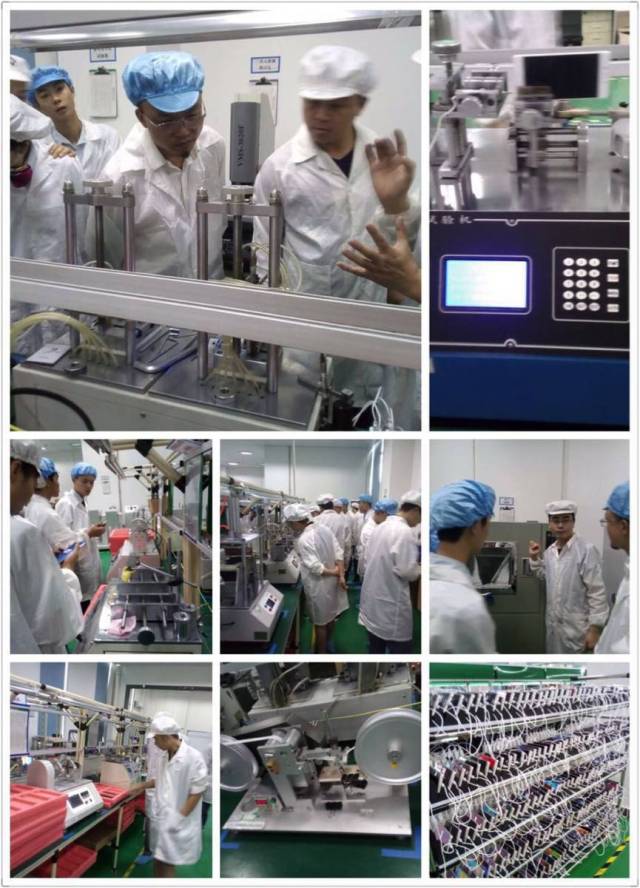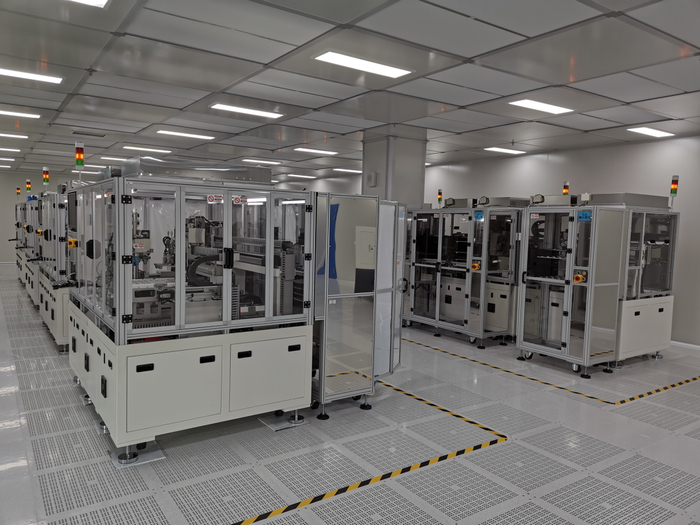Service Hotline
Selection and Installation Position Requirements of Sensors in Precision Compensation Technology of Instrument Manufacturing
In the field of precision instrument manufacturing, precision compensation technology is a key link to ensure the accuracy of the instrument's measurement results. In this process, the selection of sensors and the rationality of their installation positions directly affect the measurement accuracy of the instrument. This article will discuss the selection of sensors and the requirements for their installation positions from both aspects.
Firstly, the selection of sensors
When selecting sensors, it is necessary to choose according to the specific measurement requirements of the instrument. The types of sensors include resistive, capacitive, inductive, piezoelectric, photoelectric, magneto-electric, thermoelectric, and Hall, each with its unique characteristics and application range. For example, resistive sensors are commonly used for measuring temperature and pressure, capacitive sensors are suitable for measuring level, humidity, and distance, while Hall sensors are often used for measuring magnetic field strength.
Accuracy requirements: Accuracy requirements are an important factor in sensor selection. Different accuracy requirements of instruments should choose sensors that match the accuracy. For example, high-precision instruments need to choose sensors with higher accuracy to ensure the accuracy of the measurement results.
Environmental conditions: The selection of sensors should also consider the working environmental conditions. For example, high temperature, low temperature, humidity, corrosive environment, etc., it is necessary to choose sensors with corresponding protective performance. At the same time, appropriate protective measures should be chosen for the installation position of the sensor to prevent the influence of environmental factors on the sensor.
Signal transmission: The signal transmission method of the sensor also needs to be considered. For example, analog and digital signal transmission methods, transmission distance, anti-interference ability, etc. Choosing the appropriate signal transmission method can improve the measurement accuracy of the sensor.
Secondly, the requirements for the installation position of the sensor
The installation position of the sensor directly affects its measurement accuracy. When choosing the installation position of the sensor, the following points should be considered:
choosing the installation position of the sensor, the following points should be considered:
Stability of installation position: Sensors should be installed in a stable position to avoid errors in the measurement results caused by vibration, vibration, and other factors. At the same time, the installation position of the sensor should be avoided as much as possible from being affected by external electromagnetic interference.
Measurement range: The measurement range of the sensor should match the range of the object being measured. If the measurement range is too small or too large, it will cause measurement errors. Therefore, when selecting sensors, it is necessary to consider the range of the object being measured and choose the appropriate measurement range.
Signal transmission distance: The signal transmission distance of the sensor also needs to be considered. If the distance between the sensor and the measurement point is too long, it may cause signal attenuation, affecting the measurement accuracy. Therefore, when selecting sensors, it is necessary to consider the signal transmission distance and choose sensors with the corresponding transmission distance.
may cause signal attenuation, affecting the measurement accuracy. Therefore, when selecting sensors, it is necessary to consider the signal transmission distance and choose sensors with the corresponding transmission distance.
Installation direction: The installation direction of the sensor also needs to be considered. For example, for temperature sensors, they should be installed on the contact surface of the object being measured to ensure the accuracy of the measurement results. At the same time, the installation direction of the sensor should also consider the characteristics of the object being measured, for example, for level sensors, they should be installed above or below the level to ensure the accuracy of the measurement results.
In summary, the selection and installation position of sensors have a significant impact on the precision compensation technology of instrument manufacturing. When selecting sensors, it is necessary to choose according to the specific measurement requirements of the instrument and consider the installation position of the sensor to ensure the accuracy of the measurement results.
Copyright © 2019-2025 Instrumentation Manufacturer
Addresses: Phone number: E-Mail:

Our Businesses
